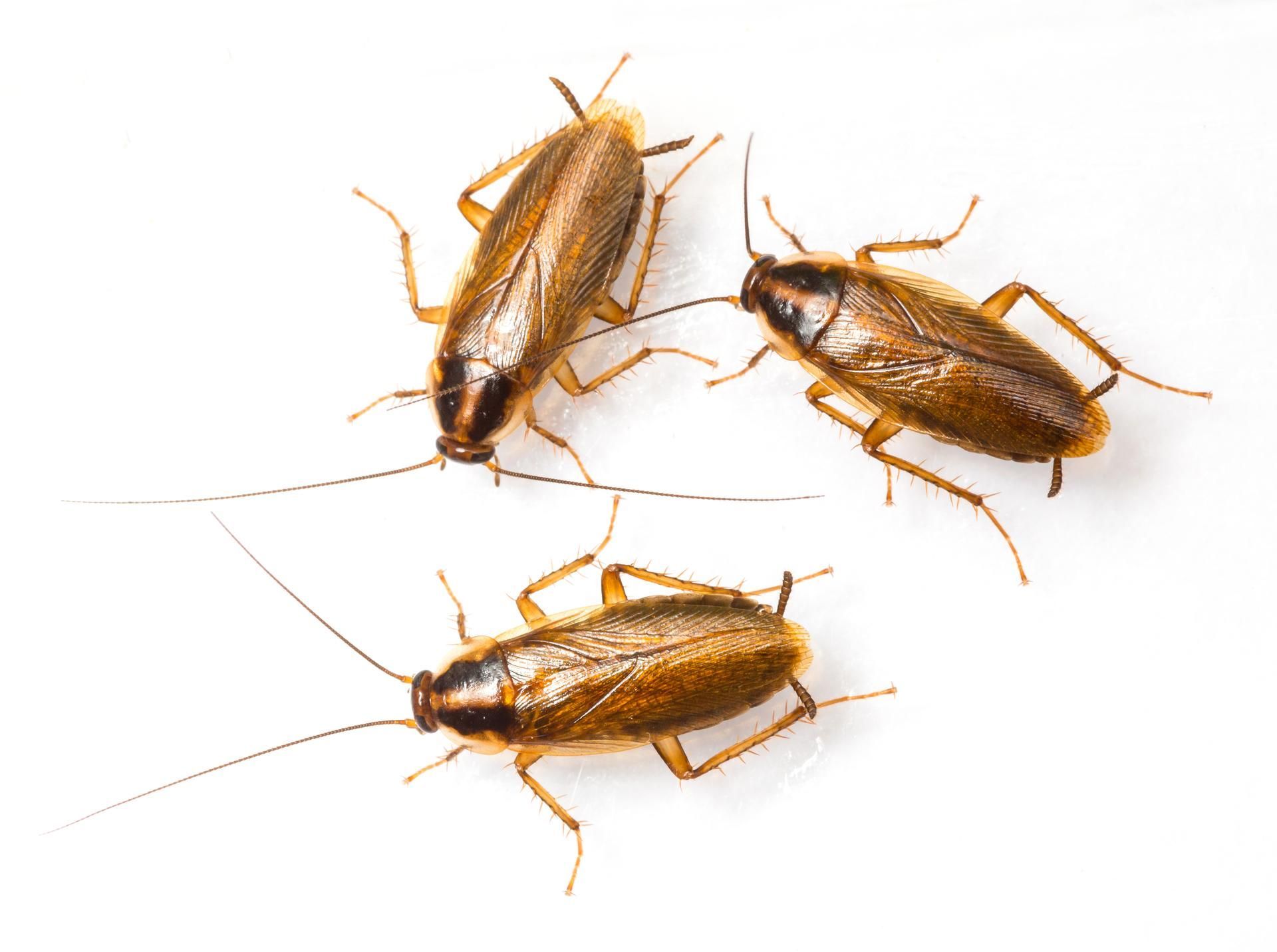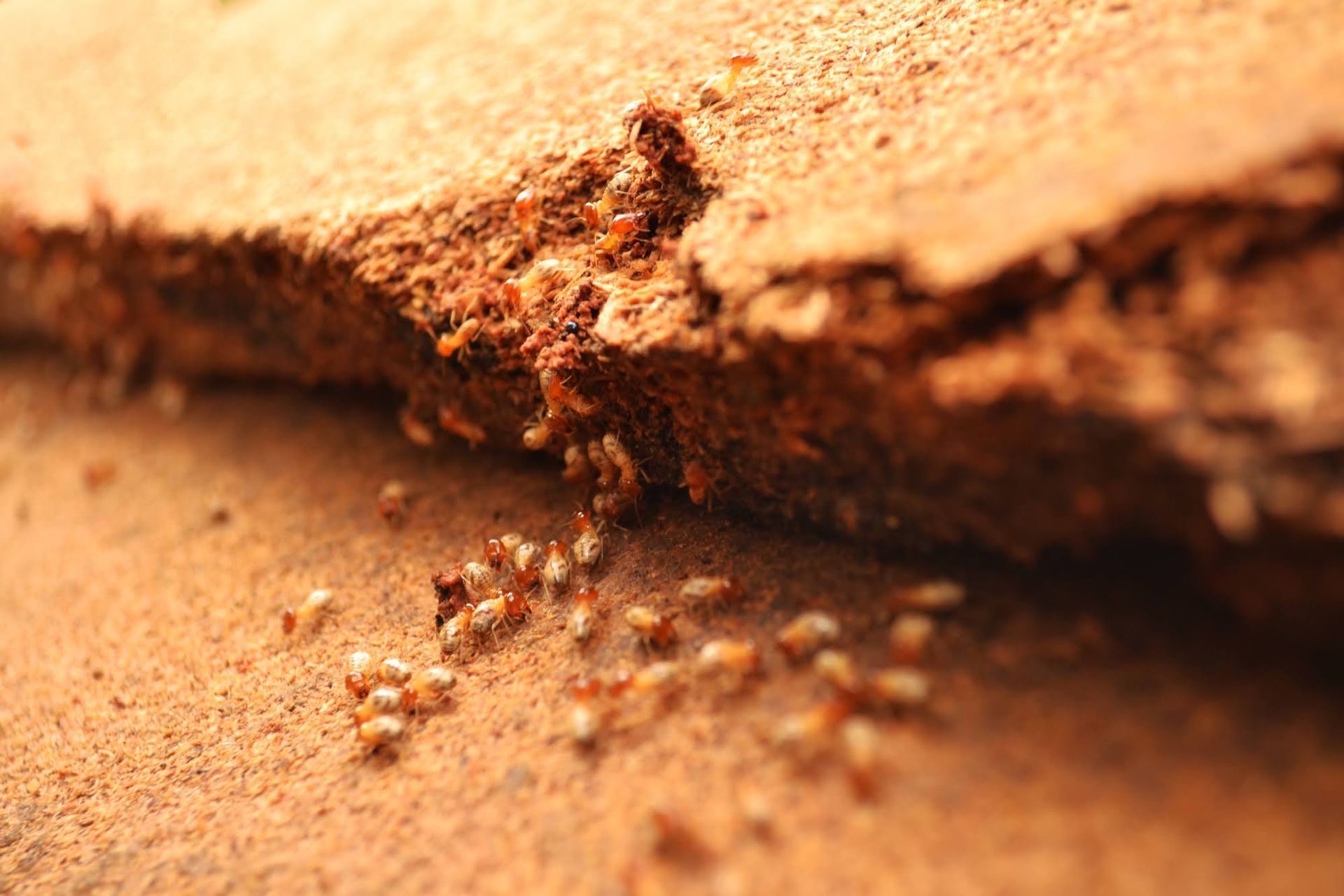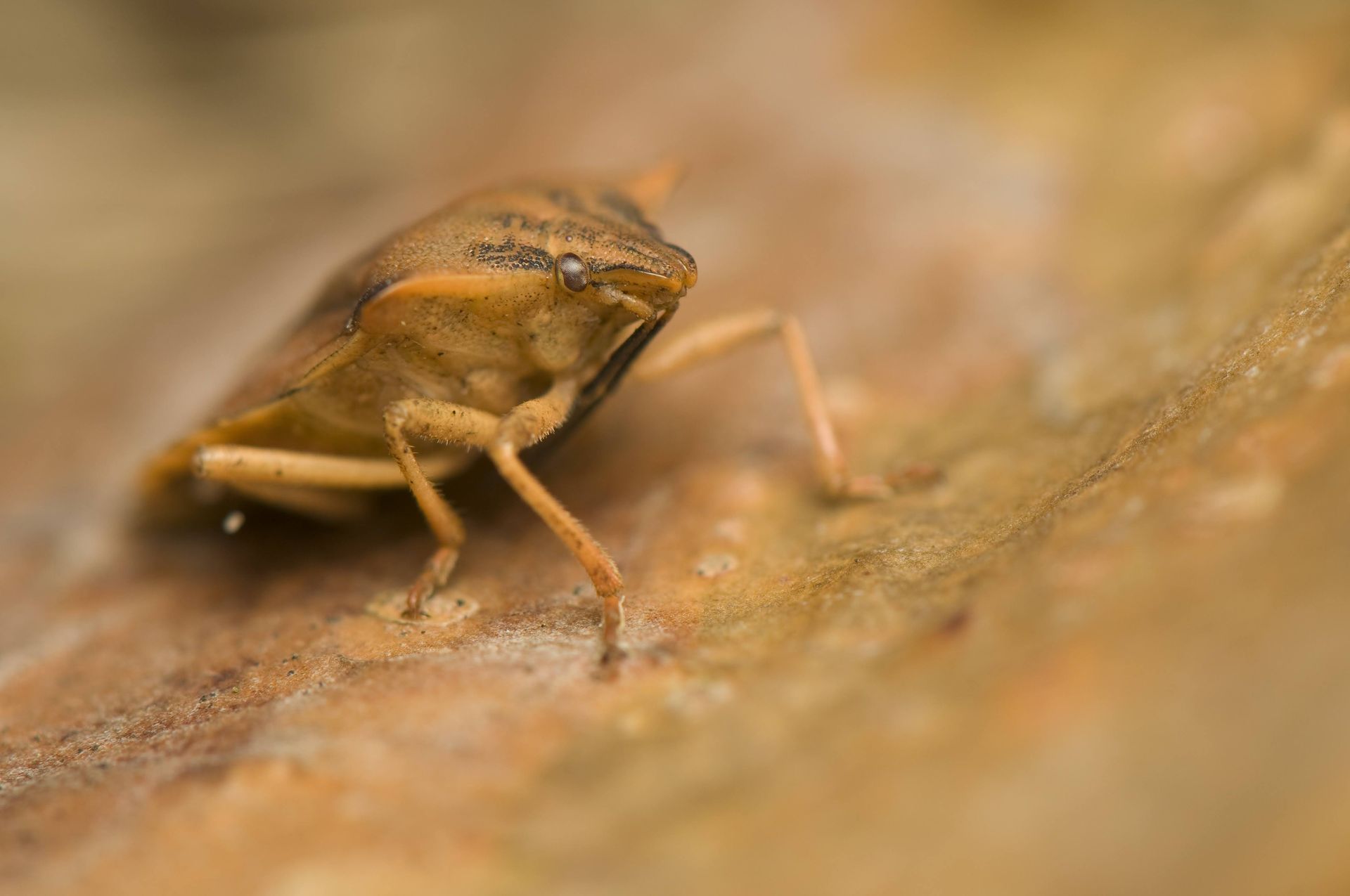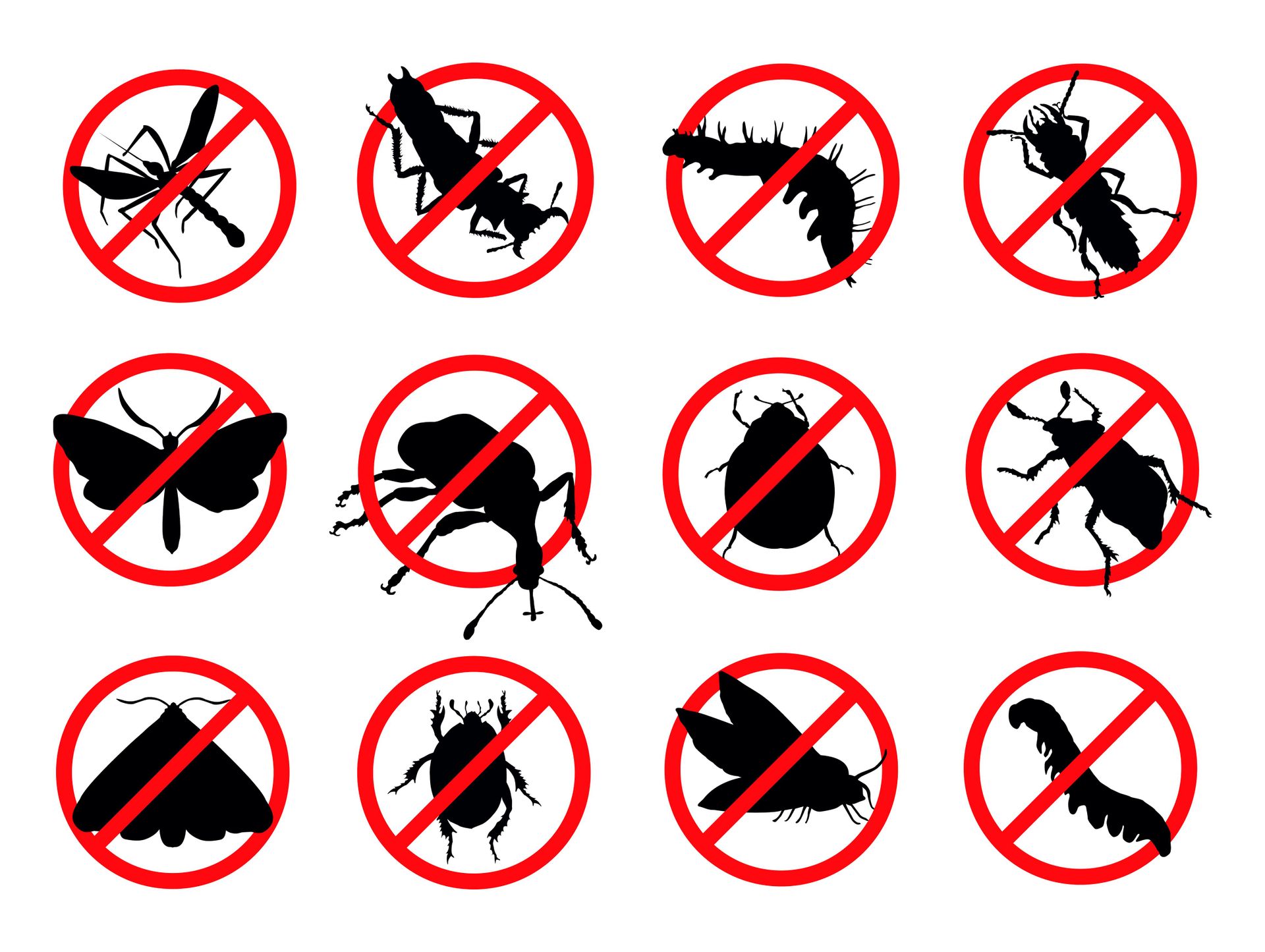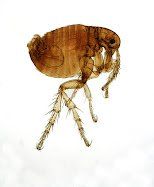Carpenter Bees: What You Should Know and When You Should Worry

Anyone on the East Coast is most likely familiar with the humble carpenter bee. These sizable insects resemble bumblebees, although they have a few distinct features. In most cases, the easiest way to differentiate a carpenter bee from a bumblebee is to look at its abdomen. You know you probably have a carpenter bee if you see a black abdomen instead of yellow and white stripes.
While many people don't consider bees pests, carpenter bees are often the exception, and it's all in the name. These bees have an affinity for wood, including the wood in structures such as sheds, garages, and your home. Understanding these fascinating insects can help you determine if you need to worry about the ones on your property.
Where Do Carpenter Bees Live?
The problem with carpenter bees quickly becomes apparent when you learn about their choice of housing. Honey bees typically live in large colonies constructed in pre-existing sheltered locations. While honey bees can sometimes build their nests in problematic areas, they rarely do much damage or present a severe problem to property owners.
On the other hand, carpenter bees live a more solitary life. Instead of building large colonies, these bees construct small nests for shelter and to lay their eggs. Unfortunately, they don't scout for suitable natural features like honey bees. Carpenter bees construct their own nests by boring into wood to create a suitable chamber for their eventual offspring.
Carpenter bees will choose almost any wood surface for their nest, although they typically prefer unpainted and untreated structures. The tunnels they create can be relatively long and usually include numerous chambers for their offspring. When the eggs hatch, the young carpenter bees will leave the nest and potentially return later to dig tunnels of their own.
Will Carpenter Bees Damage Your Home?
You have no simple way to determine how much damage carpenter bees can cause. Carpenter bees won't continually ravage any structure they find. In most cases, the bees simply want to create tunnels for nesting and breeding purposes. They don’t consume wood, so the damage from a single bee tends to be limited.
However, carpenter bees can still cause substantial damage to your home or other structures on your property. Since they prefer untreated wood, you may notice this damage mostly on areas such as decks, sheds, or fences. Unfortunately, they may also choose to attack areas of exposed wood on your house, and these bees can even locate small gaps in your siding.
While one nest may not cause much damage, a more extensive infestation can create problems. Carpenter bees are also creatures of habit, which means you can expect the same bee to return to the same nesting site once it has found a comfortable home. These repeated visits can lead to significant damage and even affect the structure of your house.
When Should You Worry?
Carpenter bees are not necessarily a pest species. These insects are non-aggressive and perform a valuable service as pollinators. Their preference for unpainted and untreated wood also means that they often choose nesting sites that don't bring them into conflict with humans, such as in trees, logs, or other inoffensive locations.
Instead of focusing on the presence of the bees, look for indications of nesting in structures. Small, circular holes are a sure sign of carpenter bee nesting behavior. While one hole might not seem like a problem, future generations will likely return to the same location. Multiple holes across a relatively small area may indicate a severe infestation.
Best Pest Control Services are experts in pest identification and removal. If you suspect that you have a damaging carpenter bee infestation on your property, we can help you evaluate the problem and recommend the most appropriate course of action. Give us a call today if you're to deal with your pest problems for good.
